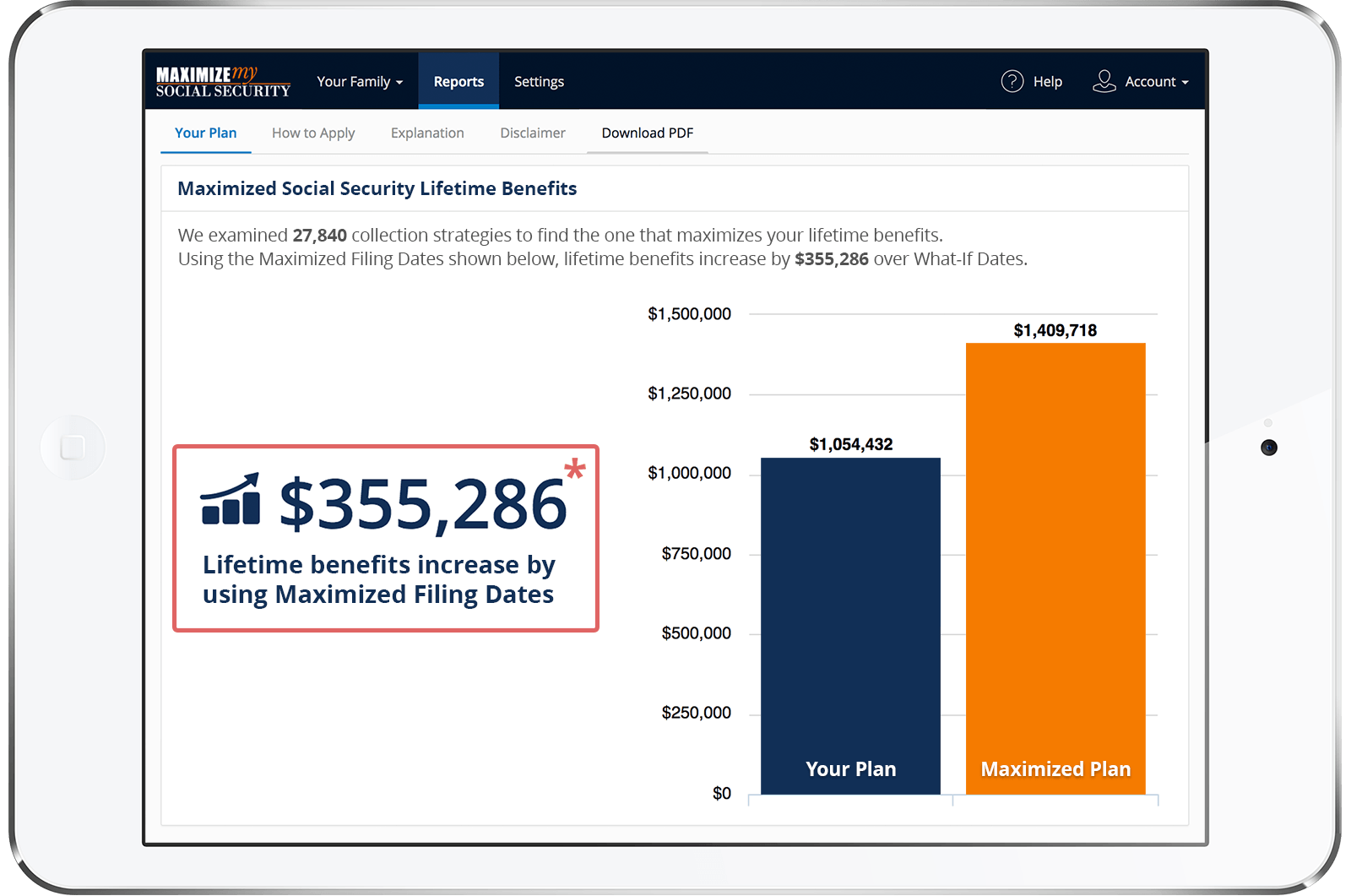Hello Larry,
I don't think I've seen this question covered and would appreciate your advice.
My Wife was born in 1954. She worked in retail, and paying SS taxes, for almost 40 years. In 2011 she took a job with the local school system which does not collect SS taxes. Through that government employment she will now be eligible for a modest state pension when she retires at the end of the school year in 2023.
She started receiving her SS benefit in 2020 at her FRA. This year I started receiving my SS benefit, so she also receives an added benefit equaling the excess to her spousal benefit rate.
When she retires in 2023, we understand that her own SS benefit will be reduced due to the Windfall Elimination Provision (WEP). The way the numbers work out, the WEP reduction will amount to 1/2 of her pension.
We also believe that her excess spousal benefit will be subject to the Government Pension Offset (GPO). If so, that will amount to 2/3 of her pension.
So, the bottom line seems to be that her SS benefits will be reduced by 117% of her pension amount.
Can that be correct?
Hi. No. Due to the way that excess auxiliary (e.g. spousal) and survivor benefits are calculated, the net reduction to a person's total Social Security benefit amount can't exceed the higher of the Windfall Elimination Provision (WEP) reduction OR the Government Pension Offset (GPO) reduction, not both. The maximum percentage reduction that can be caused by WEP is 50% of a person's non-covered pension amount, whereas GPO can result in a reduction of up to 2/3rds of a person's non-covered pension amount. Therefore, the maximum percentage reduction to a person's total Social Security benefit rate that can apply when both WEP and GPO are involved is roughly 66.67%.
I should clarify that WEP can only apply to Social Security retirement or disability benefits payable based on a person's own earnings history, whereas GPO can only apply to auxiliary (e.g. spousal) or survivor benefits. So, the only times that both WEP and GPO reductions can apply is when a person is receiving both their own benefits AND an auxiliary or survivor benefit.
For example, let's say that Amy started receiving her own Social Security retirement benefit at her full retirement age (FRA) and thus is paid her full primary insurance amount (PIA) of $500. Amy's spouse is also drawing his Social Security retirement benefits, and his PIA is $2000. Amy's excess spousal benefit is then calculated by subtracting her PIA from 50% of her spouse's PIA, giving her a spousal rate of $500 ($2000/2 - $500). Amy's combined benefit amount is then $1000 (i.e. $500 + $500).
Subsequently, Amy becomes eligible for a $300 monthly pension based on her earnings from a governmental employer in the U.S. that was exempt from Social Security taxes. Based on the WEP guarantee provision, Amy's PIA can't be reduced by more than 50% of the amount of her non-covered pension. That reduces Amy's PIA and retirement benefit rate to $350 (i.e. $500 - $150). Because of that reduction, Amy's excess spousal rate is adjusted to $650 (i.e. $2000/2 - $350), but due to the GPO provision her excess spousal rate is reduced by $200 (i.e. 2/3rds of her $300 non-covered pension) to $450. Amy's new combined benefit rate then amounts to $800 (i.e. $350 + $450), or 2/3rds of the amount of her non-covered pension.
Therefore, as Amy's example illustrates, when your wife starts drawing her pension from the school system her combined Social Security benefit rate should only be reduced by a maximum of 2/3rd's of the amount of her non-covered pension.
Best, Jerry
